#apotropaic
Text
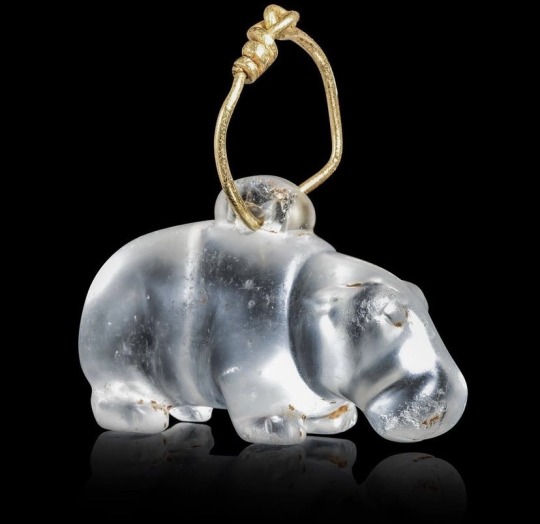
An Egyptian rock crystal of a chonky hinpopotamus amulet
(Middle Kingdom, ca. 2050-1650 BCE)
Amulets were worn by ancient Egyptians for their protective and regenative properties. Used in both in daily life and during funerary rites, amulets represented animals, deities, symbols or objects thought to possess the magical powers of warding off evil spirits.
As animals were popular representations, the hippopotamus was known for its apotropaic (e.g. ability to avert bad luck) qualities and was associated with rebirth.
#art#archaeology#sculpture#ancient#ancient art#ancient egypt#amulet#hippopotamus#apotropaic#egyptian art#egyptology#kemetic#ancient kemet#rock crystal#geology#ancient jewelry#jewelry
3K notes
·
View notes
Text
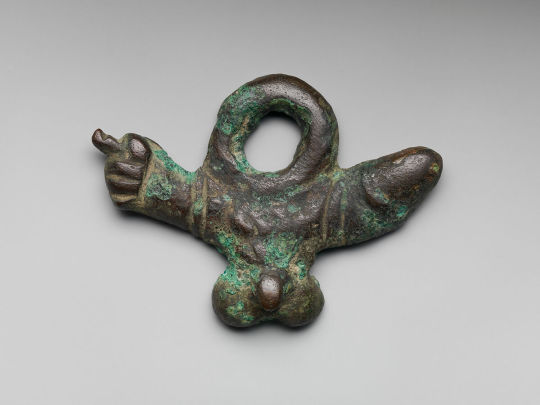
Bronze phallic amulet
Roman
1st century CE
This amulet incorporates three different symbols: the phallus, male genitalia, and the mano fica (a rude hand gesture). All three were potent apotropaic devices intended to ward off the Evil Eye.
the met
119 notes
·
View notes
Text





Brognaturo, Calabria, Italy
Photos by @mariograziano_bross84_photo and Comune di Brognaturo
Follow us on Instagram, @calabria_mediterranea
#brognaturo#calabria#italy#italia#south italy#southern italy#italian#mediterranean#europe#architecture#mask#masks#landscape#italian landscape#apotropaic
73 notes
·
View notes
Photo

Tomiyuki Kaneko—Apotropaic Daruma (transparent watercolor, pen, foil on Shirakawa Daruma, 2021)
1K notes
·
View notes
Text
apotropaic masks, a griffin, a deer and some crosses carved on a romanesque church in Inowrocław




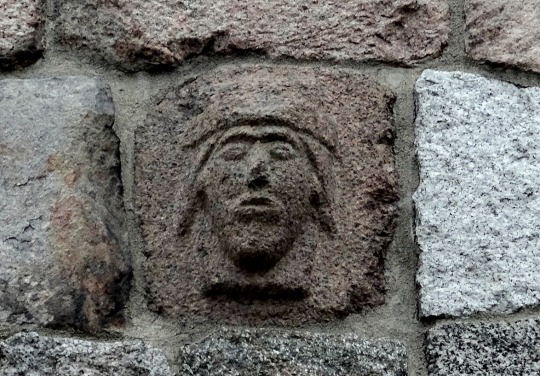


schematic but cute deer
#romanesque#romanesque art#romanesque architecture#middle ages#church#medieval#apotropaic#masks#protective magic#griffin#fantastic creatures#devil mask#eastern europe#poland#my upl#apotropaic symbols
51 notes
·
View notes
Text

In some cultures, dried ("mummified") cats were concealed inside buildings as a form of good luck or apotropaic magic.
#magick#magic#witchcraft#witchblr#apotropaic#apotropaic magic#occult#folk magic#good luck#lucky#mummified#mummified cat#cat#dead things#macabre#obscurities#curiosities#rarities#cabinet of curiosities#dark interiors#goth aesthetic#the dusty cat#dark photography#dark aesthetic#esoteric
43 notes
·
View notes
Text

Found a handful of taper burns on the third floor of the 1761 courthouse this weekend, and this one is by far the largest. They were on the window frames.
More information on apotropaic burn marks.
117 notes
·
View notes
Text
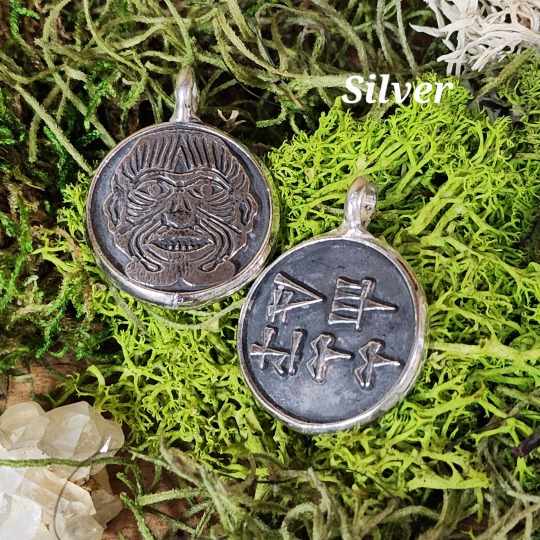

Two-sided .925 sterling silver talisman with the face of Terrible Humbaba on one side, and his epithet in Sumerian cuneiform on the other.
Humbaba / Humwawa is a giant monster made by Utu the sun, and set by the god Enlil to protect the cedar forests where the gods lived. "When he looks at someone, it is the look of death."[Gilgamesh and Huwawa] "Humbaba's roar is a flood, his mouth is death and his breath is fire! He can hear a hundred leagues away any [rustling?] in his forest! Who would go down into his forest!"[Epic of Gilgamesh]
Some texts describe his face as leonine, others say he is more exotically monstrous. My image is based on photographs clay figurines which were carried for protection.
Each piece is hand-made, cast and finished from a mold which I also made. Each piece is unique, with unique variations in texture and finish, including some small defects which are an inevitable part of the process.
#Occult Art#Talismanic Jewelry#Witchcraft#Pagan#Jewelry#Art Jewelry#Jewelry Art#Witch Jewelry#Humbaba#Humbawa#Apotropaic#Sorcerer’s Workbench
7 notes
·
View notes
Text
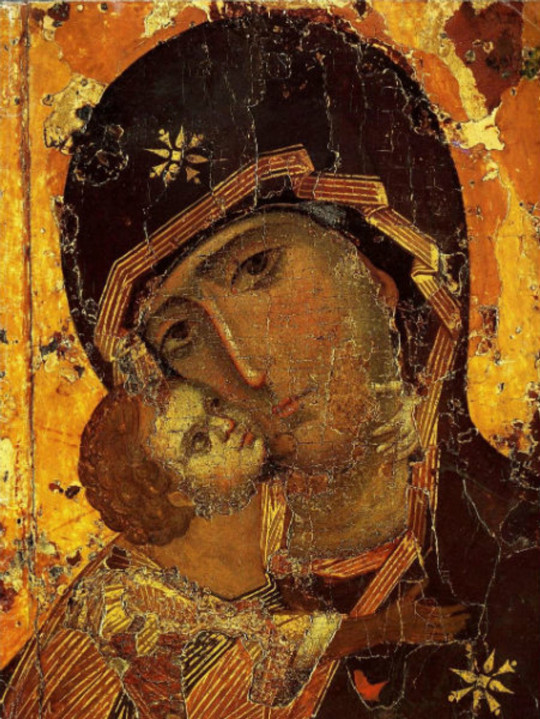
Virgin of Vladimir (1131)
13 notes
·
View notes
Text

57 notes
·
View notes
Text
Beachcombing - A Fairy Loaf
I found this lovely flint fossil echinoid on the beach between Marske and Redcar. The fossil is smooth to the touch and heavy in the hand, beautiful dense flint with an unmistakable five pointed star on its upper surface, it’s a first for me. Fossil echinoids are not uncommon finds in areas with chalk bedrock but this is the first example that I have found on our beaches.
Fossil echinoids have…

View On WordPress
3 notes
·
View notes
Text

Prompt: “faerie.” Carving of a sheela-na-gig. This little gremlin appears on many old Irish carvings but seems to have come from the Continent. It is supposed to protect places from evil spirits and help childbearing women.
#mabsdrawlloweenclub#mabsdrawlloweenclub2023#faerie#my art#sidhe#irish art#apotropaic#sheela-na-gig#sheela na gig
5 notes
·
View notes
Text




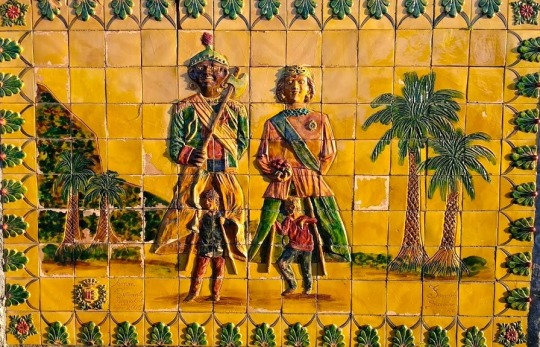
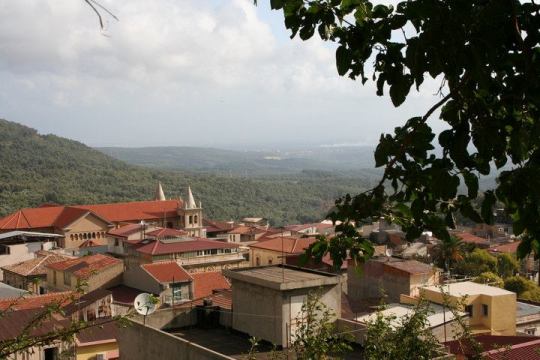
Seminara, Calabria, Italy
Historically, the town of Seminara has had a reputation for its fine olive oil and silk.
But Seminara has a long history of terracotta production, no doubt owing to the area’s abundance of red and white clay. Decorative pieces are finished with vibrant colors derived from natural sources. Traditionally, green, yellow and blue predominate. Characterized by original forms, bizarre faces and extremely lively colors, Seminara ceramics are imaginative, folkloristic creations full of story, hidden meaning and even magical powers.
Examples include the Giganti, dancing puppets of giant proportions that represent the union of the indigenous and Moorish peoples, and vivid local pottery steeped in popular lore.
Another important category of Seminara ceramics is that of scaramanzia or the warding off of superstition. The evil eye of your neighbor cannot be left to linger unchecked, and what better than a fantastically designed ceramic piece to combat a malicious curse or even an unwanted glare?
The maschere apotropaiche or apotropaic masks are imbued with a power to avert evil influences or bad luck. These masks were placed on the doors of houses, over windows and on balconies, wherever evil could possibly get a foothold.

Written by Karen Haid
Photos by @dmncdl, hotcore.info and Calabria: The Other Italy
Follow us on Instagram, @calabria_mediterranea
#seminara#calabria#italy#italia#south italy#southern italy#italian#mediterranean#ceramics#ceramic art#art#superstition#superstitious beliefs#folklore#tradition#europe#apotropaic#masks#mask
37 notes
·
View notes
Text

Libertà
2024
Digital
An intersex gorgon lifts her skirt in an apotropaic gesture while biting the heads of two phallic snakes.
This piece is based on ancient artworks of gorgons grasping or biting snakes; our experiences in trance states; and apotropaic gestures associated with feminine power.
#plural artist#art#artists on tumblr#artwork#queer artist#lgbtq artist#third gender#lgbtq#gorgon#mythology#intersex#medusa#queer gorgon#bearded gorgon#snakes#phallus#tattoos#apotropaic#mediterranean#ancient queer history#ancient mediterranean#goddess#mistress of animals#digital art#rebelle#digital drawing#liberta#Ancient Mediterranean
2 notes
·
View notes
Photo
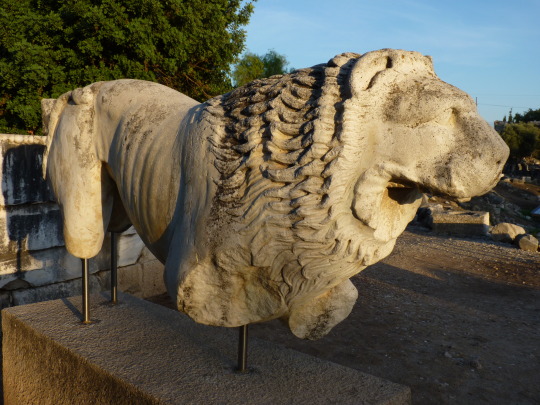
Today’s Flickr photo with the most hits: this monumental lion, at the Temple of Apollo, Didyma, Turkey.
80 notes
·
View notes
Text
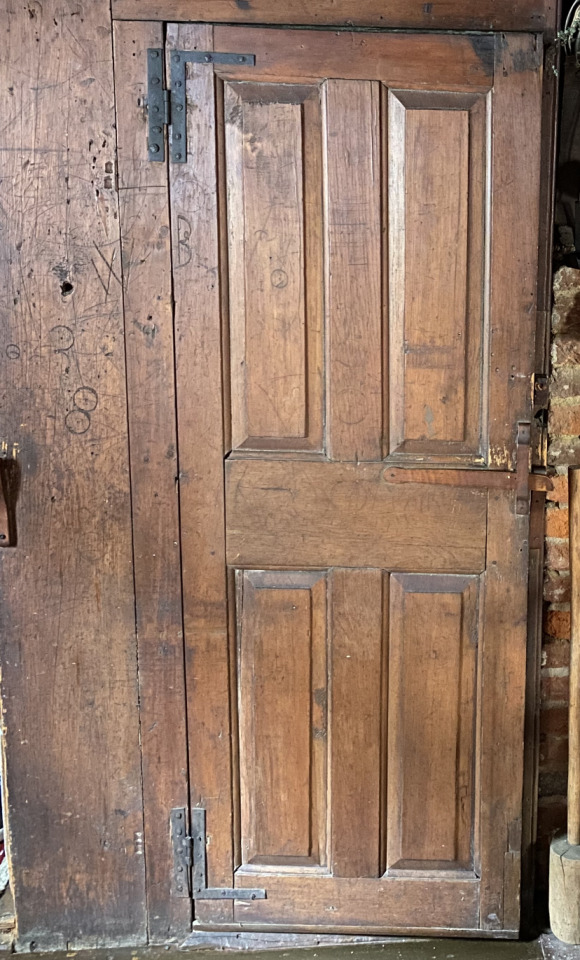
Some apotropaic marks on the cellar door of the 1667 Daniels House in Salem, MA. Some of the marks include concentric circles, and two interlocking Vs, typically called Marian marks, probably invoking the protection of Virgin Mary, Virgin of Virgins.

19 notes
·
View notes